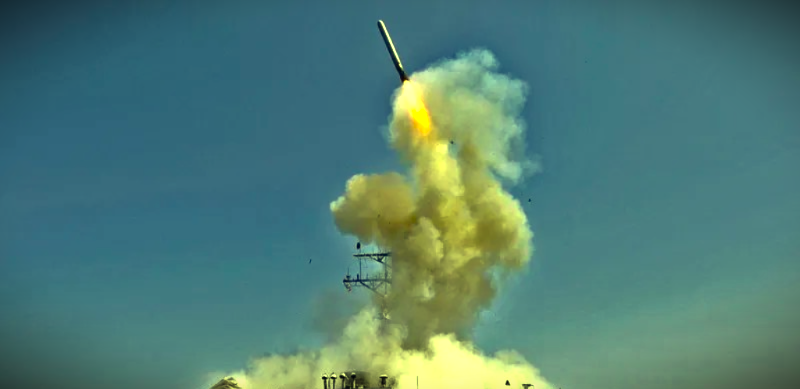Deployment of US Long-Range Missiles in Germany Announced
In a significant move marking NATO’s 75th anniversary, it was announced that long-range US missiles will be periodically deployed in Germany starting in 2026. This marks the first such deployment since the Cold War. The decision, revealed during the NATO summit, underscores the alliance’s evolving strategy amidst growing global tensions.
The US and Germany jointly stated that the deployment would include Tomahawk cruise missiles, SM-6 missiles, and hypersonic missiles, all of which have substantially longer ranges than the current missile systems in use. These advanced missiles would have been prohibited under the 1988 Intermediate-Range Nuclear Forces (INF) Treaty between the US and the former Soviet Union. However, this pact dissolved five years ago following mutual accusations of violations and strategic disagreements.
The announcement elicited a sharp reaction from Russia. Deputy Foreign Minister Sergei Ryabkov warned of a “military response to the new threat,” accusing NATO and the US of escalating tensions. “This is just a link in the chain of a course of escalation,” Ryabkov said, asserting that the deployments are intended to intimidate Russia.
The joint US-German statement emphasized that the initial “episodic” deployment of the missiles is seen as temporary but is expected to become permanent over time. This move is part of the US commitment to NATO and Europe’s “integrated deterrence” strategy. German Defence Minister Boris Pistorius, speaking at the summit, explained that the deployment aims to motivate Germany and other European nations to invest in and develop their own long-range missile capabilities.
“We are talking here about an increasingly serious gap in capability in Europe,” Pistorius stated, highlighting the strategic necessity of the deployment to allow NATO allies time to enhance their defensive capabilities.
The deployment of such missiles was once restricted under the INF Treaty, which banned ground-launched missiles with ranges between 500-5,500 kilometers (310-3,400 miles). This treaty was a cornerstone of arms control during the Cold War. However, in 2014, the US accused Russia of breaching the treaty with a new type of nuclear-capable cruise missile, leading to the US withdrawal from the pact in 2019, followed by Russia.
The decision has sparked domestic controversy within Germany. Politicians from the Greens, a key party in Chancellor Olaf Scholz’s ruling coalition, have voiced their concerns. Sara Nanni, the Greens’ spokeswoman on security, expressed frustration over Scholz’s lack of public commentary on the decision, warning that it could heighten public fears and provide grounds for disinformation and incitement.
“It can even heighten fears and leaves room for disinformation and incitement,” Nanni told the Rheinische Post newspaper, reflecting the internal political debate sparked by the agreement.
The deployment of US long-range missiles in Germany signifies a notable shift in NATO’s defense posture, responding to the evolving geopolitical landscape. While intended to bolster European defense capabilities, the move also risks escalating tensions with Russia. As NATO allies prepare for this significant strategic adjustment, the long-term implications for regional security and international relations remain closely watched.



